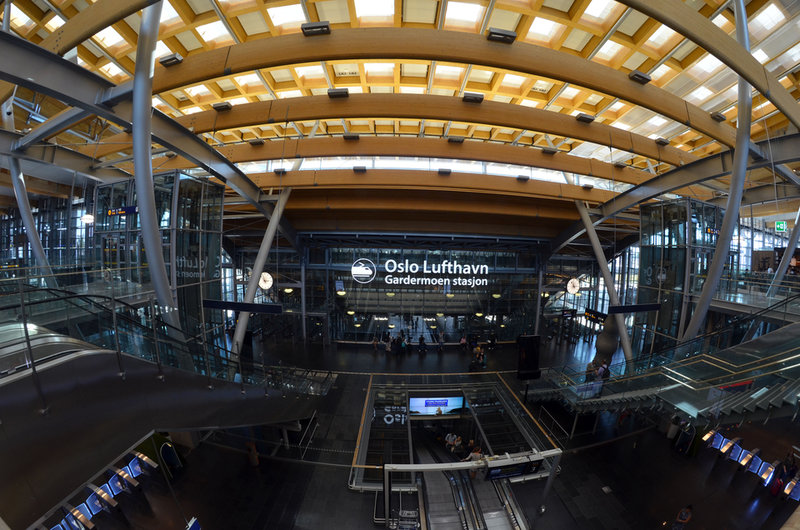Trends
Aviation industry faces lingering impact of pandemic
Jasleen Mann looks into a new report highlighting how airports are finding new ways to recover from the impact of the Covid-19 pandemic.
Image: copyright
According to a new report by intralogistics firm BEUMER Group titled ‘Airports 2023 Outlook: The Road to Recovery’, global domestic passenger traffic will reach 2019 levels in late 2023 but global international passenger traffic will take almost one more year to recover, reaching 2019 levels by H2 2024.
Airports should look to adjust business models, embrace digitalisation. and invest in infrastructure as the sector continues to seek ways to recover from the impact of the Covid-19 pandemic, according to a report by intralogistics company BEUMER Group.
Global domestic passenger traffic will reach 2019 levels in late 2023, but global international passenger traffic will take almost one more year to recover, reaching 2019 levels by H2 2024.
Turmoil in 2022 has led to accelerated digitalisation
“Imagine losing 90% of your passengers and once they start to come back, you have lost at least 30% of your staff. That is the essence of the summer of 2022," says Per Engelbrechtsen, business development director at BEUMER Group.
“Still, most airports managed to get the traffic turned around – and despite this operational challenge, the airports did all they could to embrace the soaring number of passengers while they also had to re-hire and train new staff.”
The operational and financial environments remain a challenge with loss of staff and operational knowledge, supply chain disruptions, climate issues, and the geopolitical situation regarding Ukraine.
In order to increase opportunities, BEUMER Group has suggested various areas of focus. This includes enhancing the customer experience. Seamless passenger journeys can involve providing remote self-servies.

Oslo Airport's new terminal has fully digitalised operations. Credit: Sergey Kamshylin/Shutterstock
In addition, digital data has increased airport capability with regards to operations. However, this digital data is underused. Data science and advanced analytics is highlighted as key in terms of performance improvements.
Engelbrechtsen says: “Many airports are well on the way with their digitalisation programmes in most vertical operations. An airport is one large organism and the ability to link all processes digitally and use the data is top priority for airport investments to make sure flights, passengers, baggage and cargo operations can run more efficiently and balanced.
“The new terminal at Oslo Airport is born digital, which means their software and digital services are digital from the beginning as part of the concept. Operations and maintenance of the baggage handling system, for example, will be based entirely on data analytics to ensure the highest possible efficiency with a lean O&M operational team.”
Integrated dashbords for shared data can impact passenger processing, baggage handling, arrival/departure, departure control systems, information distribution and air traffic control.
Sustainability and flexibility
Sustainability, as well as data, is also a key area of focus and influences various aspects of the aviation industry, including business models. Digitalisation ties into consideration of sustainability as resources can be saved which reduces emissions. There has been a clear focus on sustainable infrastructure, smart building technology, automation and energy efficiency.
The report highlighted the importance of hub connectivity and the concern that it is more than one-third below pre-pandemic levels.
Business models must consider high fixed costs and variable revenue flows. Data is also signficant in terms of business models with regards to operations, commercial, security, safety and pricing.
It is clear that airports need to be able to shift the operational level.
Flexible infrastructure includes the possibility of scaling back resources and rollout capacity to essential flights. An example of this is the closing of terminals in order to ensure the efficiency of another’s operations. Many airports are only just beginning to reopen some terminals.
Baggage handling systems are important infrastructure at airports as they connect airports, airlines and baggage. Some airports have individual carrier systems which use a cart or a tote for each bag which can help to prevent wheels or straps creating jams when being transported, allowing the baggage to move quicker.
“It is clear that airports need to be able to shift the operational level in the sense that other new situations might occur," says Engelbrechtsen. "An airport must be ready to reshape their operations in the sense they can easily scale up or down depending on the situation.”